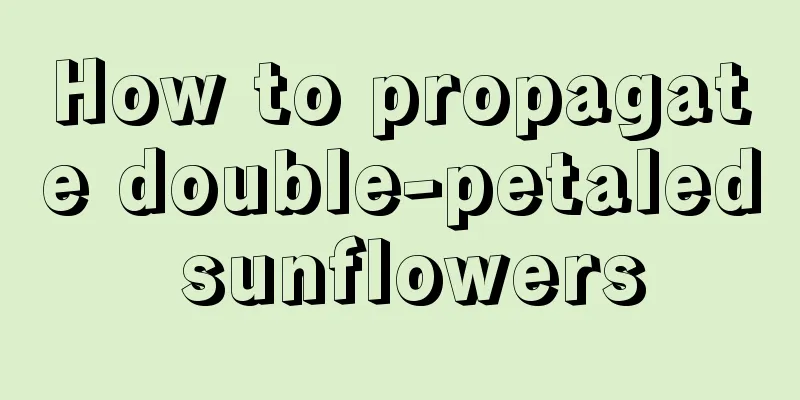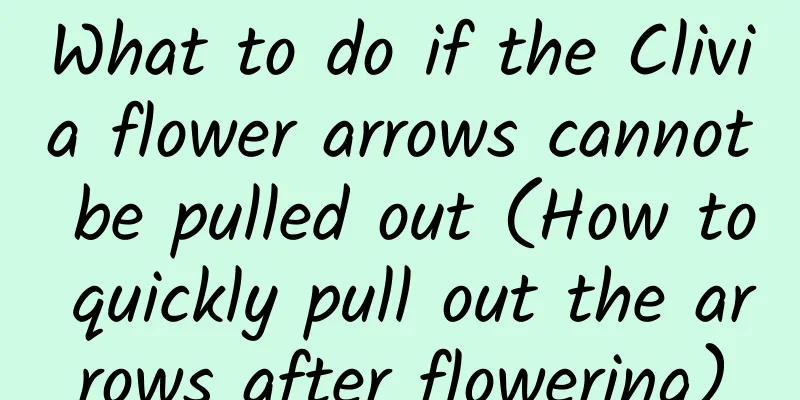How to propagate double-petaled sunflowers

1. Cutting propagationCutting propagation is the most commonly used propagation method for double-petaled sunflowers. It is best to carry out this operation in summer. Cut a wilted stem or branch from the mother plant as a cutting and insert it into loose, breathable soil. Be careful to keep the soil moist. Flower buds will grow after the cuttings survive. 2. Division propagationPropagation by division is also carried out in summer. First, choose strong and intact double-petaled sunflowers, carefully dig the roots out of the soil and divide them into several sections, and plant them separately. After planting, water them thoroughly to fix the roots. After about 1-2 weeks, they will adapt and start to grow. |
Recommend
Best time and method to transplant autumn onions
Autumn onions are usually sown or transplanted in...
What are the varieties of Hoya
Hoya cymbidium The flowers of the Ring-crowned Ho...
What to do if the flowers of Kalanchoe droop
1. Normal phenomenon Reason: The flowers of Kalan...
How to plant Buddaria seeds
one. step 1 For seed planting, the first thing to...
How to treat yellowing leaves of evergreen and how to make the leaves turn green
1. Increase the temperature Reason: Aglaonema lik...
How to use compound fertilizer for roses
Principles of using rose compound fertilizer In f...
How to grow round-headed jade plant
1. Breeding conditions 1. Soil: The cultivation o...
Is it profitable to grow figs? How much profit can one acre make?
Is growing figs profitable? Nowadays, growing fig...
What are the precautions for gardenia repotting and how to maintain it after repotting?
Things to note when repotting gardenia Gardenias ...
Time and method of changing the soil of plum blossoms
Plum blossom soil replacement time The plum bloss...
Where is the best place to plant the tower pine tree?
Pine tree planting area The tower pine tree refer...
How to fertilize osmanthus
1. How to fertilize During the planting and seedl...
What flowers are suitable for growing in Hengshui? What are the city flowers and trees?
1. Climate characteristics of Hengshui Hengshui i...
The growth environment and temperature characteristics of wild rice stem
Wild rice growing environment and conditions Ziza...
Do you need to water flowers and plants every day in summer?
1. Do you need to water every day? Different plan...









